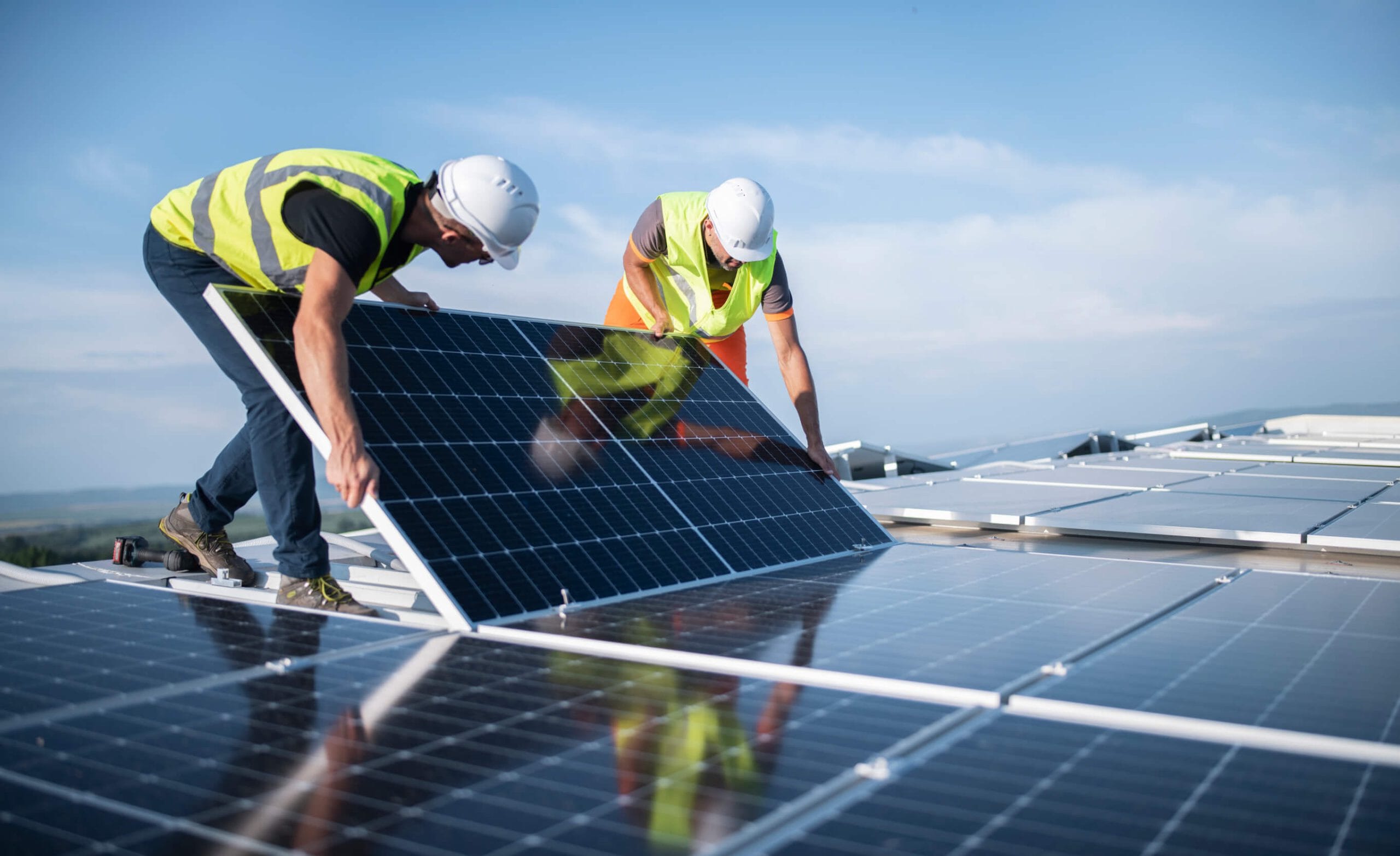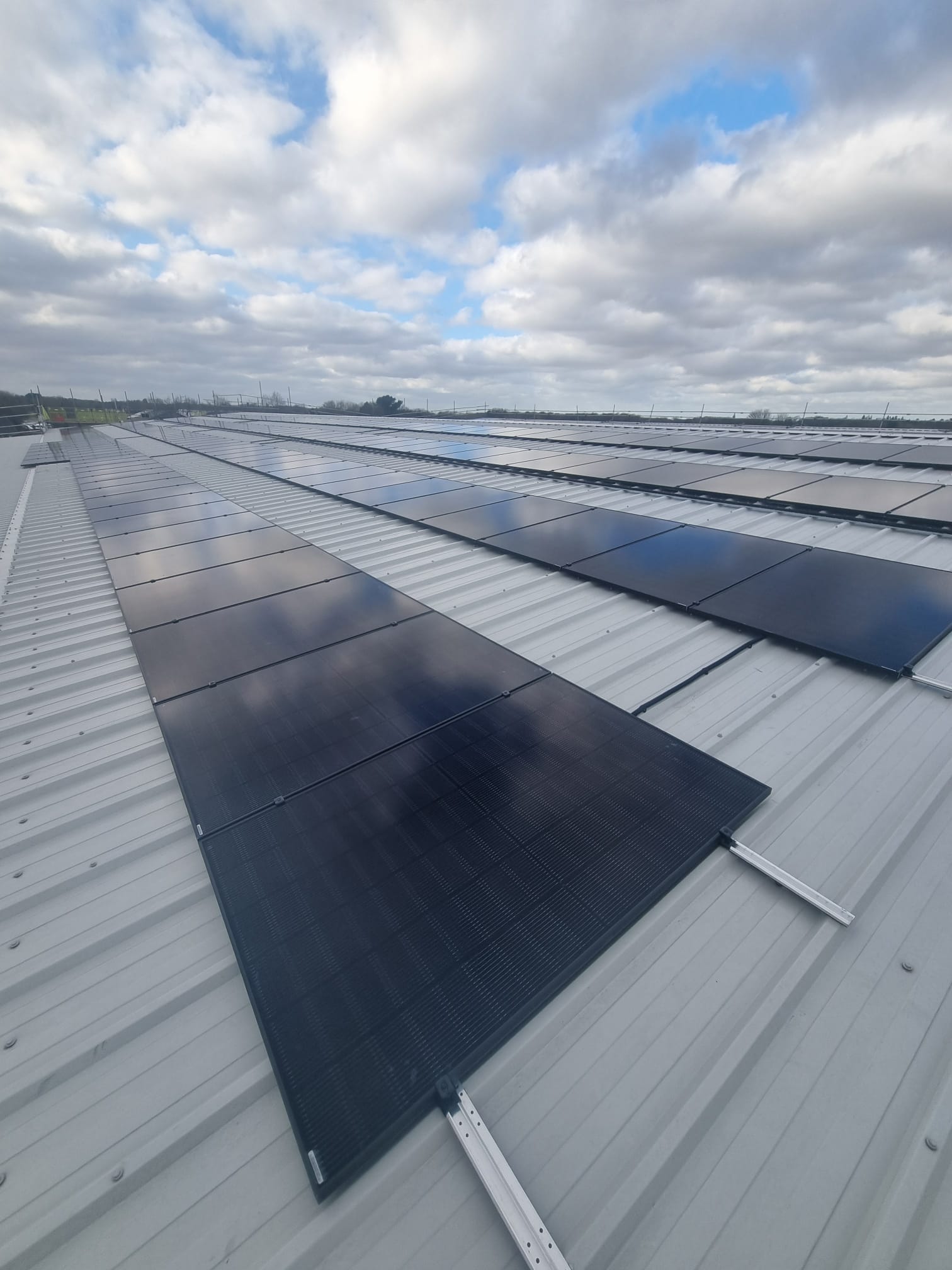Miles Thomas, Chief Commercial Officer at AMPYR Distributed Energy (ADE), discusses the logistics sector’s drive to decarbonisation and explains why onsite renewable energy generation can offer warehouses a simple solution to cut carbon emissions and lower energy bills.
According to insight from the UK Warehousing Association (UKWA), sustainability is fast becoming a key focus for businesses across the sector. From the adoption of smart technologies and the switch to recycled packaging materials, to water conservation, waste reduction programmes and the use of green building materials, companies are working hard to accelerate their progress towards net zero.
However, while the trade association is right to celebrate notable progress, recent data suggests that the industry’s adoption of renewable energy generation remains limited. Indeed, as little as 5% of Britain’s warehouses currently feature solar panels on their roofs, despite collectively offering the capacity for more than 15GW of distributed generation.
This dichotomy seems curious considering the technology’s proven ability to reduce carbon emissions and lower operational utility costs – a boost for the environment, and for the bottom line too. While projections vary, the average warehouse can expect to save more than 50% on its energy bills by switching from mains supply to onsite solar.
So, if the financial and environmental arguments stack up, why are warehouses treading gingerly around the decision to invest in renewables? Well, analysis suggests that the high perceived cost of onsite renewables remains a major barrier to many – especially given the countless financial pressures experienced over the past few years. Volatile energy prices, commercial rent hikes, soaring interest rates, uncontrollable insurance premiums, a widening skills gap, wage inflation and the impact of COVID-19 and Brexit, to name but a few.
For some, keeping the lights on is pressure enough, with investment in decarbonisation having to take a temporary backseat. Solar panels have been pushed down the priority list, with the idea of onsite renewable energy generation dismissed as an expensive capital cost.
It’s also important to consider the complex ownership model of most UK warehouses. With most sites either fully leased or leasehold, investing already limited flexible capital in fixed assets is arguably a difficult sell.
But does onsite renewable generation really have to cost the earth? Can warehouses have the best of both worlds with direct access to greener, cleaner, low carbon renewable energy in the long-term without the expensive initial outlay? What’s more, is it only suitable for freehold sites, or can suppliers work around the complexities of the sector? Answering these questions will prove pivotal to driving momentum and accelerating adoption.




